- Call us: 01444 237070
- Contact Us
- Stores
- Sign In / Register
-
- Back
- Used Cameras
- Used Accessories
- Used Lenses
- Used Video
- Used Film Equipment
- Used Stock Alert
- Used Blank Test
- Sell or Part Exchange
- Used Clearance
- Recently Added Used Equipment
- Park Picks
- All Used Black Friday Deals
- Faulty
- Trade-In
- Blog
- New in
- Call us
- Contact us
- Stores
- Sign in
- Categories
- Tips & Inspiration
- Reviews
- News
- Events
- Features
- Buying Guides
- Competitions
How to Take Good Pictures for Social Media
Almost all social media platforms reward good photos. Anywhere you upload, you’re going to need to have brilliant and engaging photos to cultivate your image online. On a personal level, building a strong online presence is a fulfilling way to share your life with the world. However, social media is an equally powerful and essential tool for attracting customers to your business.
Sharing photos online is an incredibly powerful way to generate engagement, especially on photography-oriented platforms like Instagram. This guide walks you through how to take good pictures for social media to make your page exceptional. Posts with visuals inspire so much more interest than text posts, and help you to create a unique image around you or your brand via your style. So why not grab your digital camera and we’ll get stuck in.
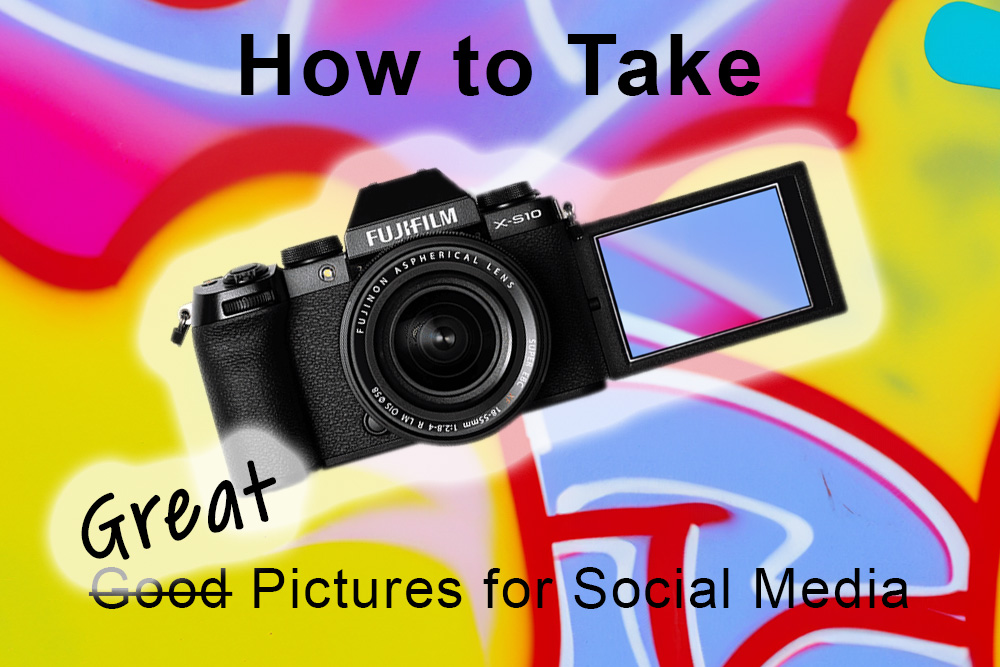
How to Plan Your Social Media Posts
When uploading to social media, you need to have a clear vision of what you’re going to share. Quality over quantity is an especially important principle for social media, as thoughtlessly posting photos all the time will inevitably look spammy and reduce the impact of your posts.
In creating a social media presence with your photos, you need to think about your intentions. Your ideal posts are going to be completely different depending on what you want to do, so whether you’re showing off your cooking or promoting your photography professionally, you have to find out how to fit the focus of your page and what you need to adjust to achieve it successfully. When starting, you’re likely to find that this comes as a result of experimentation and observation.
Don’t be afraid to try things out. Over time, if you keep posting and evolving your page, you’ll build a following gradually and there’ll be more people excited to see what you’ll do next – plus, uploading consistently as your photographic skills improve reflects your progress cohesively and engagingly. Moreover, almost every social media site has a recommendation algorithm that rewards consistent quality uploads. If you find something that clicks, keep doing what you’re doing and eventually, you should be rewarded.
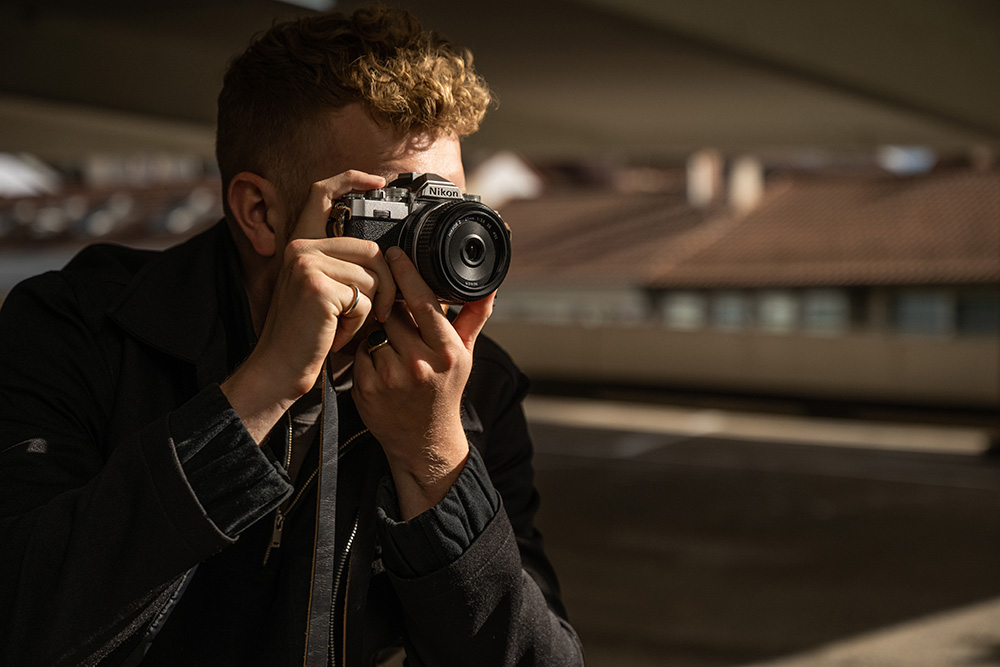
Photography basics for social media
If you’re going to take great photos to boost your social media presence, there’s no doubt you’ll need some photographic know-how to produce the best content. While simple smartphone pics can be convenient, using a standalone digital camera is the best way to make your content professional, and separate it from the rest.
The first thing you’ll need is good lighting. While some creators will take matters into their own hands by using artificial light sources, the best place to start is by evaluating the natural lighting of your photo. You want to find a balance between light and dark – luckily, it’s possible to manage the lighting of a shot in post-production, however, there’s nothing better than nailing it as you’re shooting, as it saves time and keeps your image feeling natural. Lighting can also impact the mood of your shot greatly – make sure you’re getting it right to fit the mood of your photo.
Think about your composition. When taking photos for social media, chances are thousands of other users have taken a similar shot in the past, especially if you’re shooting something particularly share-worthy when out and about. Therefore, using unique angles and interesting compositions can really make your posts distinctive. However, don’t forget that classic compositional tricks have been tried and tested, and will more often than not result in a clean and complete image.
Knowing your way around the settings of your camera is a surefire way to ensure great shots every time. Learning manual photography doesn’t take long, but gives you maximum control over your output. For instance, by controlling the aperture of your lens, you can give your photos a professional feel by creating a shallow depth of field and making your subject stand out. Controlling shutter speed can be just as impactful, allowing you to photograph motion in a variety of different ways.

Best Camera for Social Media
High-quality social media content deserves the best gear out there. With the accelerating development of camera equipment, it’s never been this easy to produce professional content with consumer tech.
Mirrorless cameras are usually the go-to option for a professional photography experience. With brands like Canon, Nikon, Sony, Fujifilm and Panasonic already well-established in the mirrorless scene, it’s not hard to tell that photographic technology is destined to continue in this direction. This category of camera has models for a wide range of users, from beginners to the most advanced commercial photographers.
The Nikon Z fc is a retro-inspired APS-C mirrorless camera that’s compact, versatile and powerful. The new Silver Edition lens kit combines it with a super-slim 16-50mm F/3.5-6.3 lens. To help with your social media endeavours, Nikon have designed this camera to be compatible with their SnapBridge app for easy file transfer to your phone or otherwise. By combining size and affordability with performance, the Z fc puts itself out there as one of the strongest candidates for the best camera for social media.
The Canon EOS R50 is another great choice. This tiny crop-sensor camera is extremely portable, however despite this, the EOS R50 boasts a 24.2MP sensor, and can be paired with Canon’s popular line of RF mirrorless lenses for an impressive combination. Lenses like the RF-S 10-18mm work well with this APS-C body, especially for landscapes and street photography – this lens specifically is super portable, with great image quality at an affordable price.
Those looking to go all out with professional photos should look to a full-frame like the admirable Panasonic Lumix S5 II. This camera is a brilliant all-rounder for all kinds of content creators, with an imaging engine developed with Leica that’s compatible with all L mount lenses. Not only this, but it’s also a nice value package when compared to its counterparts.
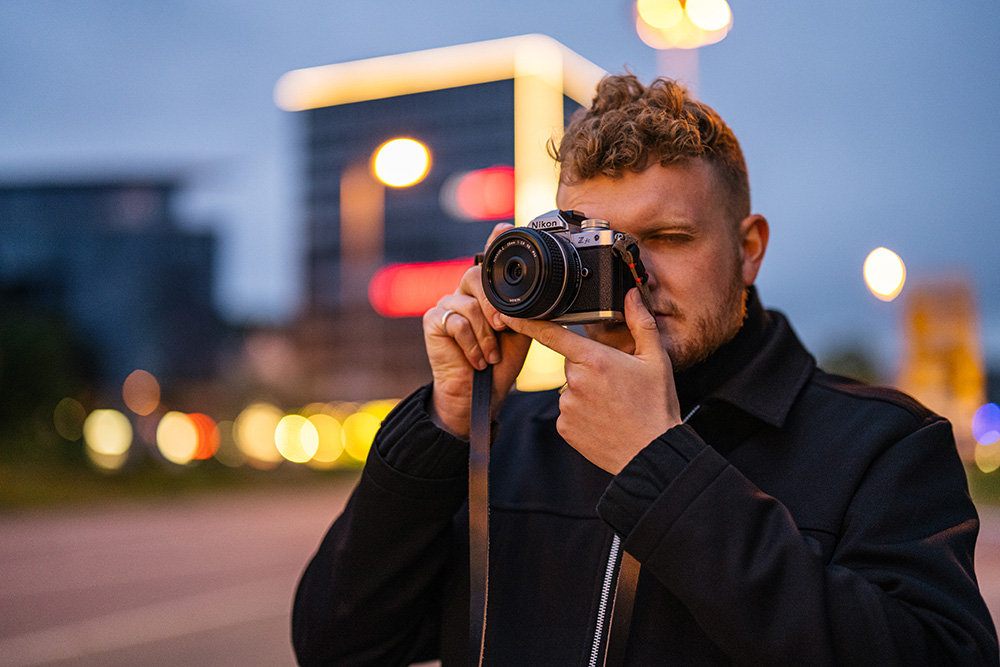
Lenses
When taking photos with a digital camera, the quality of the camera is only one part of the equation. To produce photos to a consistently high standard for any social media channel, you’ll inevitably need to pair your camera with a brilliant lens.
Zoom lenses like an 18-50mm or a 24-70mm lens are widely used for their versatile zoom range. Arguably, these work the best for social media photos, as social media posts usually don’t require the focal lengths associated with longer telephoto lenses – this range, in essence, gets the job done. Those with more specific subjects (for instance, wildlife, sports, astrophotography, etc.) would benefit from lenses closer to the extremes in terms of range, like zoom-telephoto or super-telephoto lenses.
Prime lenses are an equally good option – 50mm prime lenses are a staple of any self-respecting photographer’s kit, and are understated in their versatility. Using a ‘nifty fifty’ means your setup is light, inexpensive and portable; your photos look accurate and undistorted; and you can deal with loads of different subjects using just one lens. Landscapes, portraits, street shots – you name it.
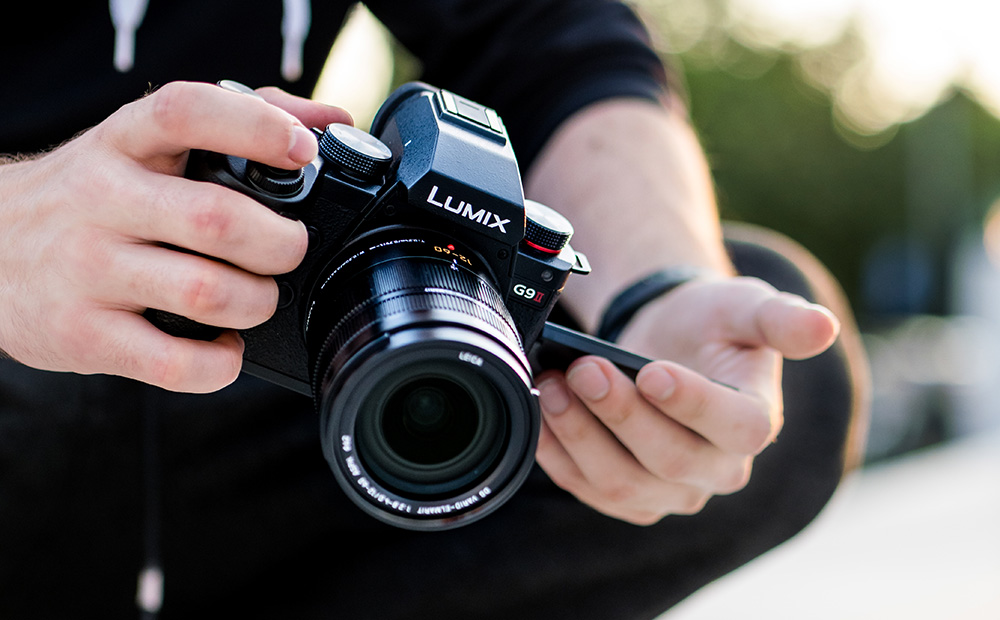
How to Edit Photos for Social Media
Effective editing is an excellent way to make your photos stand out among your followers’ feeds, and to let a little bit of style find its way into your uploads. Raw, unedited images will only go so far in ensuring that your photos bring your desired impact to the table – without photography software, you run the risk of producing bland, unimaginative results.
If you’ve never tried editing a photo before, it’s worth setting some time aside to get to know all of the adjustments available to you and simply playing around to find what sort of character you want to give your photos. Using presets may be efficient, but if you really want to produce some unique pictures then you’re going to have to edit with precision. Capture One is the choice of many professional, and Adobe Lightroom is another industry standard for desktop, which is free on mobile devices. Upgrading to Lightroom Classic upgrades this experience significantly, providing you with thousands of professional tools and a streamlined interface for editing hundreds of pictures quickly.
Over time, if you keep approaching your different photos with a similar mindset as you’re editing, certain adjustments become natural to you. For instance, if your social media channel revolves around food, you may add some extra vibrance to each of your shots to make the duller colours in your image pop and create a deliciously colourful image. Travel photographers often utilise adjustments like temperature to convey the climate of their destination – these are of course more stereotypical examples, but there’s nothing stopping you from experimenting and making your editorial style unique.
Editing is about responding to your unedited image and adapting accordingly to create a certain impact – if you can keep doing this and nail your theme each time, your social media photos will no doubt become consistent and cohesive.
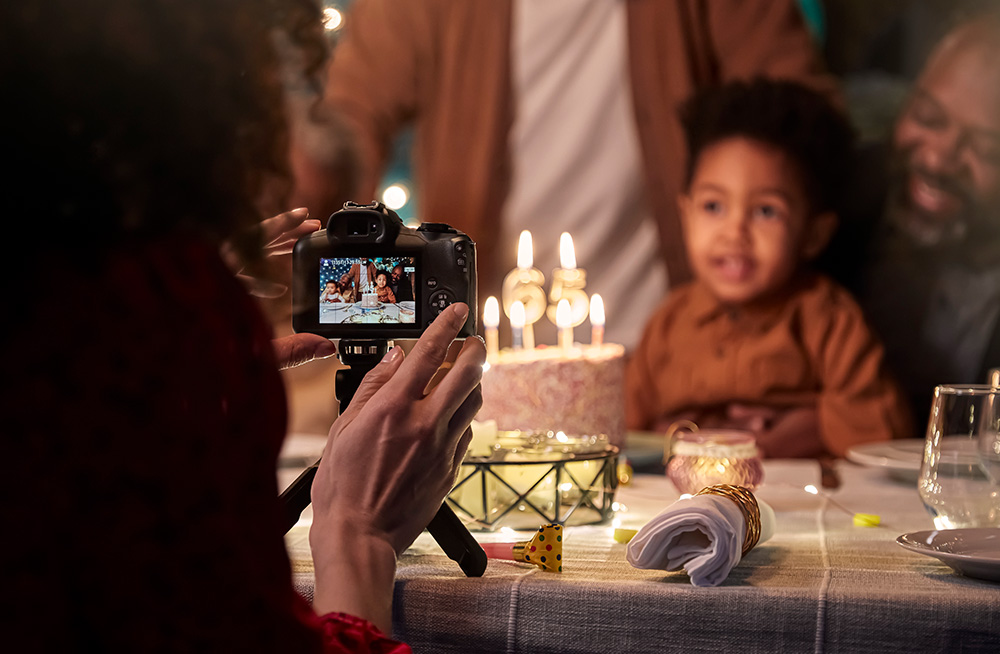
How to Get Engagement on Your Photos
Creating great photos is only the first step in getting your social media presence seen. While some of us may only be looking to bolster the look of their page, others may be looking to create an established brand image. This is where engagement becomes a necessity.
Social media rewards what it perceives to be engaging - three principles we’d live by would passion, patience and consistency. Passion brings out the best of your creativity, patience is needed to get hits, and consistency is needed to keep the ball rolling afterwards. The algorithm itself boosts content it judges to be doing well, so the easiest way to game the system is simply just to keep uploading quality photos, and eventually the engagement will come to you.
However, social media often has certain things in place that can make it easier for you to reach out to users. For instance, using relevant hashtags on your photos brings a whole load of people interested in those tags. This will certainly go a long way to build a healthy collection of interested followers. Furthermore, interacting with your own followers equally helps the algorithm to perceive your content as engaging. If someone leaves a comment on your photos, don’t leave them hanging – reply to them and keep them hooked!
No matter what you’re posting, high-quality gear will have you covered when it comes to your photographic output. Explore our range of digital cameras and lenses to find the perfect tools to supercharge your social media.
Share this post:
By Thom Pyle on 11/11/2023

Trade in your old equipment
Fast and easy trade in service ensures your old gear is collected efficiently and you are paid quickly! It's very simple to trade in your unwanted photography gear. Just head over to our dedicated Sell or Part Exchange page, fill out the details, and we'll get back to you with an offer for your old gear. Take the cash, or put it towards the cost of your new gear. It's up to you! Find out more
sign up to the newsletter
Keep up to date on the latest photography news, events and offers. Sign up now
